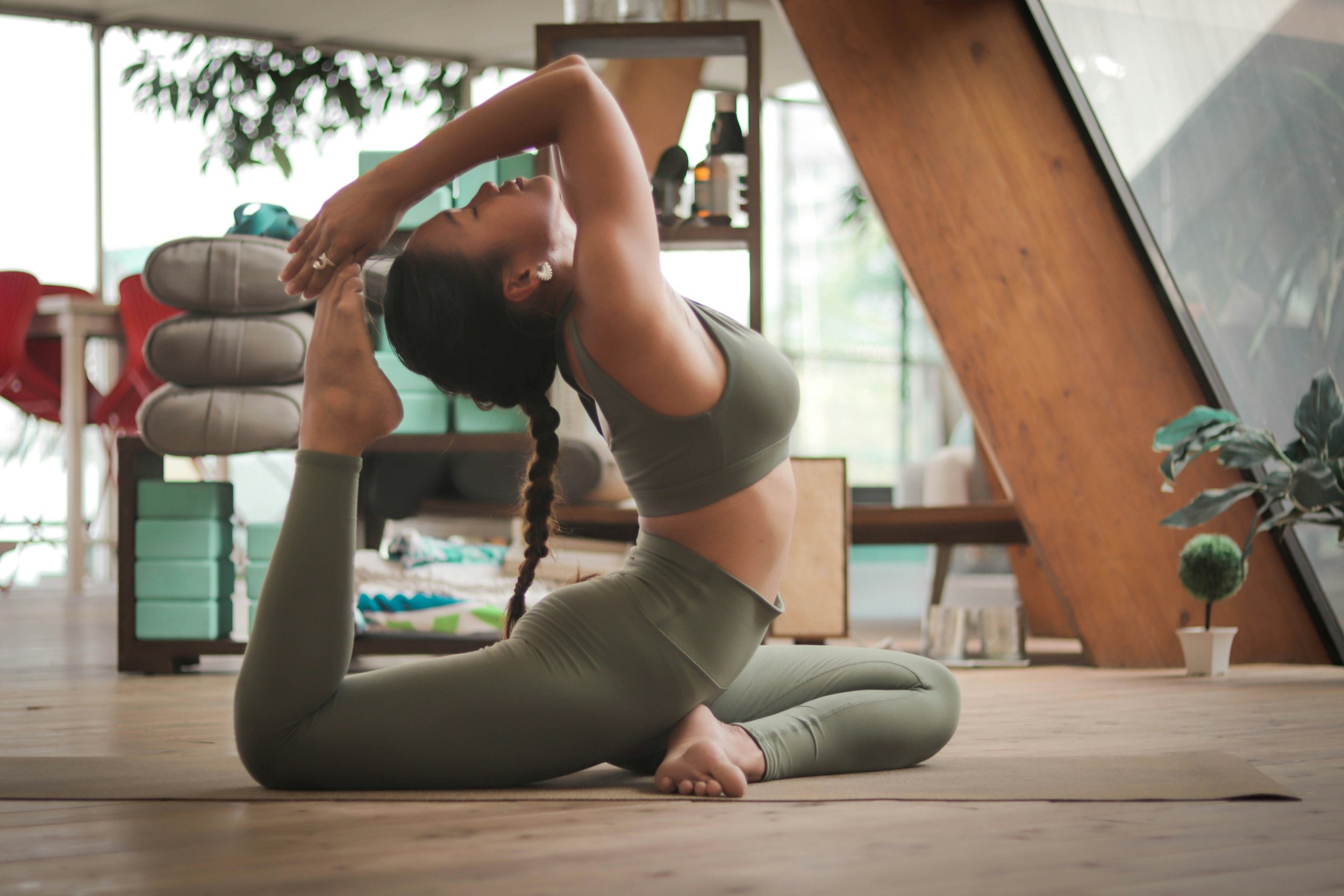Staying Hydrated During Hot Yoga: Tips for Peak Performance
Photo by Carl Barcelo on Unsplash
Hot yoga has surged in popularity, offering practitioners intense workouts that combine flexibility, strength, and mental focus in a heated environment. However, elevated temperatures can lead to significant fluid loss through sweat, making proper hydration essential for performance and safety. Adequate hydration influences various aspects of athletic performance, emphasizing physical and cognitive functions, especially in hot yoga.
Whether you're a seasoned yogi or just starting out, staying hydrated is crucial to maximize the benefits of your practice. Here are five essential tips to help you stay hydrated during hot yoga for peak performance.
1. Pre-Hydrate Effectively
Before stepping onto the mat, it's important to ensure your body is well-hydrated. Start drinking water at least 24 hours before your yoga session, and continue sipping consistently in the hours leading up to your class. Many practitioners find that planning their intra workout hydration strategy in advance helps them stay consistent throughout their practice. Aim for about 16-20 ounces of water two hours before practicing. Including electrolyte-rich beverages or adding a pinch of sea salt to your water can help maintain the balance of essential minerals lost through sweat. Proper pre-hydration sets a solid foundation, enhancing your endurance and reducing the risk of dehydration during your practice.
2. Monitor Your Fluid Intake During Class
Maintaining hydration isn't just about drinking water before and after your session; it's also crucial during the class itself. As part of any modern wellness approach, keep a water bottle nearby and take small sips between poses to replenish lost fluids. However, avoid overconsumption, which can lead to discomfort or frequent bathroom breaks disrupting your flow. Listening to your body's thirst cues ensures you stay adequately hydrated without hindering your performance.
3. Incorporate Electrolytes
When it comes to hot yoga safety, understanding electrolyte balance is essential. Sweating during hot yoga leads to the loss of electrolytes like sodium, potassium, magnesium, and calcium, which are vital for muscle function and overall bodily processes. To replace these essential minerals, consider drinking electrolyte-enhanced water or adding supplements to your hydration routine. Coconut water is a natural alternative that provides both hydration and electrolytes. Maintaining electrolyte balance helps prevent muscle cramps, fatigue, and ensures your body functions optimally during and after your yoga practice. Research supports the importance of electrolyte balance in physical performance.
4. Post-Yoga Hydration is Key
After your hot yoga session, your body needs to recover and rehydrate. Continue drinking water to replace the fluids lost through sweat, and consider beverages that aid in recovery, such as herbal teas or protein shakes. Consuming a balanced meal with a mix of carbohydrates, proteins, and healthy fats can also support rehydration and replenish energy stores. Proper post-yoga hydration helps in faster recovery, reduces muscle soreness, and prepares your body for your next session.
5. Listen to Your Body and Adjust Accordingly
Every individual’s hydration needs are unique and can vary based on factors like body size, intensity of the session, and personal sweat rates. Pay close attention to signs of dehydration such as dizziness, excessive fatigue, dry mouth, or dark-colored urine. Adjust your fluid intake based on how your body feels and the specific demands of your practice. Staying attuned to your body's signals ensures that you maintain optimal hydration levels, enhancing both your safety and performance during hot yoga.
Wrapping up
By implementing these hydration strategies, you can ensure that your hot yoga practice remains effective, safe, and enjoyable. Proper hydration not only supports peak physical performance but also enhances mental clarity and overall well-being, allowing you to fully embrace the transformative benefits of hot yoga.

